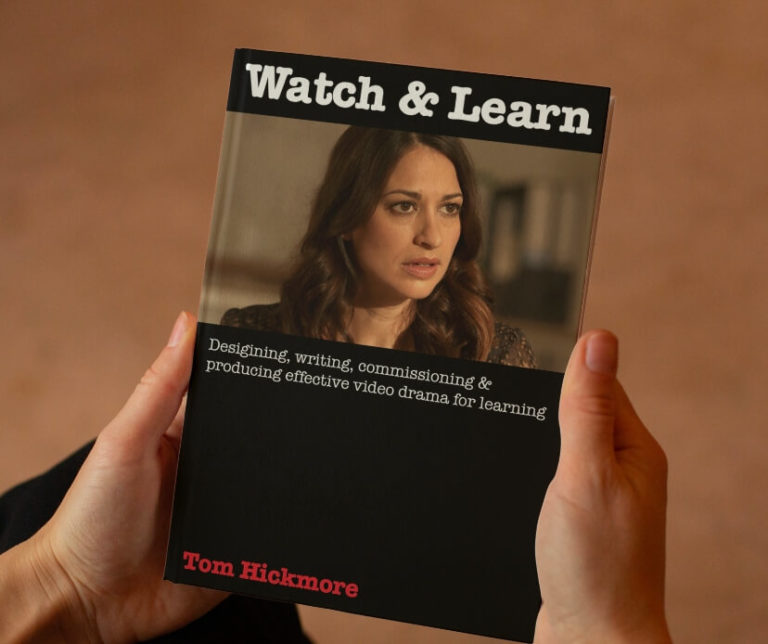“There’s a crack in everything, that’s where the light gets in” – Leonard Cohen.
In most large organisations there is a problem that seem impervious to everything you throw at it. Training and mandating, workshops and awareness campaigns don’t make a dent. These problems usually boil down to one thing – behaviour.
Bad behaviours?
Sometimes, while the new blood is keen, people who are already established and successful within an organisation don’t want to modernise. When that group is culturally dominant the change is stalled.
Sometimes a blame culture arises. Problems are hidden away and soon compound themselves.
And sometimes a change imposed from above took too little account of its effect on those who must carry it out. But this won’t become clear before the initiative has gone pear-shaped.
If we project such problems to their limit each can have a nasty outcome. IT leaks, safety errors and endemic carelessness can all cost millions, plus the associated reputational damage.
The pearl in the oyster
“Bad behaviours” are, of course, all subtle, nuanced individual behaviours from people who don’t perceive themselves to be behaving badly at all.
You shouldn’t be taking your phone into the lab, it’s not sterile, but your daughter is ill and the hospital could call at any moment. Your manager knows and turns a blind eye.
Like a pearl in an oyster, a culture grows around uncomfortable parts of the job so that we don’t feel the discomfort. But by masking one problem another is created. These behaviours won’t feel comfortable for those who are not complicit. There are now de facto two sets of rules. And decision-making just got a little bit harder.
Making drama from a crisis
The good thing about these dysfunctional situations is that they can make great drama. Drama is about decision-making under pressure. Here are stories about people’s everyday struggles that are interesting to tell and engaging to watch.
When employees are allowed to confidentially complain about the difficulties they experience around compliance to a particular issue we learn all about these everyday struggles – the granular challenges around a compliance issue. What are the grey areas where people just don’t know the right thing to do? In what circumstances do people regularly find themselves doing things that they are unhappy about?
The best material is to be found in the overlap of public and private. The workplace decisions that are most emotionally challenging. It’s amazing that it’s even possible to enter this intimate space with a group, but it’s something that drama is uniquely good at.
The magic of drama
Drama works by taking an issue, showing a little thing that can go wrong, and what can further go wrong to compound that, then ramping it up till the character is faced with a tough choice. We’ve immersed the audience into a situation and asked, “if this were you what would you do?” The magic of drama is that, without any need for instruction, beginning at an unconscious level, people try to answer the questions posed by the drama. It’s like when you shout at the TV at home “Don’t do that Kim, he’ll only take advantage!” After the viewing, we that thinking is drawn to the conscious level and the work towards solutions can begin.
To get this kind of engagement it’s imperative to be bold: to acknowledge that we are all flawed; to explore the darkest recesses of the problem. A drama must be credible if it is to properly address the problem.
Let in the light
So much corporate drama is little more than a thinly disguised lecture that commands no respect from its audience. Instead, we should put a high value on discovering where the real drama is and share that in a non-judgemental way.
There’s a crack in everything, that’s where the light gets in.



